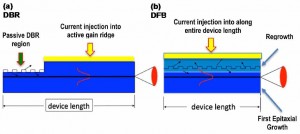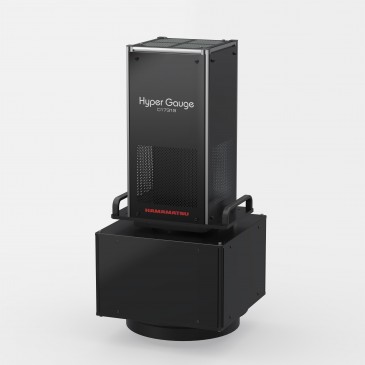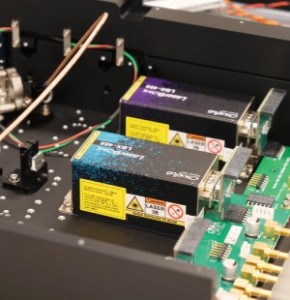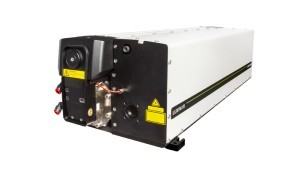
Laser Components has been supplying narrow bandwidth Distributed Bragg Reflector (DBR) laser diodes and Single Angel Facet (SAF) gain chips for several years thanks to our manufacturing partner from Texas (US), Photodigm.
Our DBR laser diodes have gained traction in the quantum applications through their robust and compact design while delivering <500kHz laser bandwidth at high powers (up to 400mW). For quantum and cold atom applications these can come in a range of wavelengths: 767nm (K), 780nm (Rb), 795nm (Rb), 852nm (Cs), 895nm (Cs) and 920nm (Sr).
An alternative technology available in the market is a laser diode made in the Distributed FeedBack (DFB) architecture, which delivers narrow bandwidths as well. There are however three main differences between DBR and DFB laser diodes worth discussing:
Manufacturing process: both DBR and DFB architectures rely on sophisticated semiconductor fabrication techniques of etching, lithography, and chemical vapour deposition (CVD). However, following the fabrication of the ridge waveguide and grating structure, the DFB must undergo a further epitaxial regrowth step. Regrowth often leads to oxidation and contamination of the exposed surface. By contrast DBR structure is finished with a single CVD dielectric to encapsulate. As a result, DBR laser diodes typically have low threshold currents, high slope efficiencies, and high rated power levels.
Mode selection and mode hops: the DBR laser operates only at the single longitudinal mode. As fabricated, the DFB laser operates with two modes spaced equally around the Bragg wavelength. The structure must be tuned in order to lase at a single mode which often leads to narrow bands where the laser will not operate (even with fine tuning of temperature and current). While mode-hops occur in both architectures the main advantage of DBR is that they are deterministic and predictive. On reaching a mode hope, the DBR laser will predictably blue shift and retrace the naturally occurring red shift.
Grating location: in a DBR laser the Bragg grating is in the passive region of the laser, whereas in the DFB laser the grating is in the active region. This is particularly important difference when high current densities in laser diodes cause ageing of the gain medium.























 Back to Products
Back to Products



























